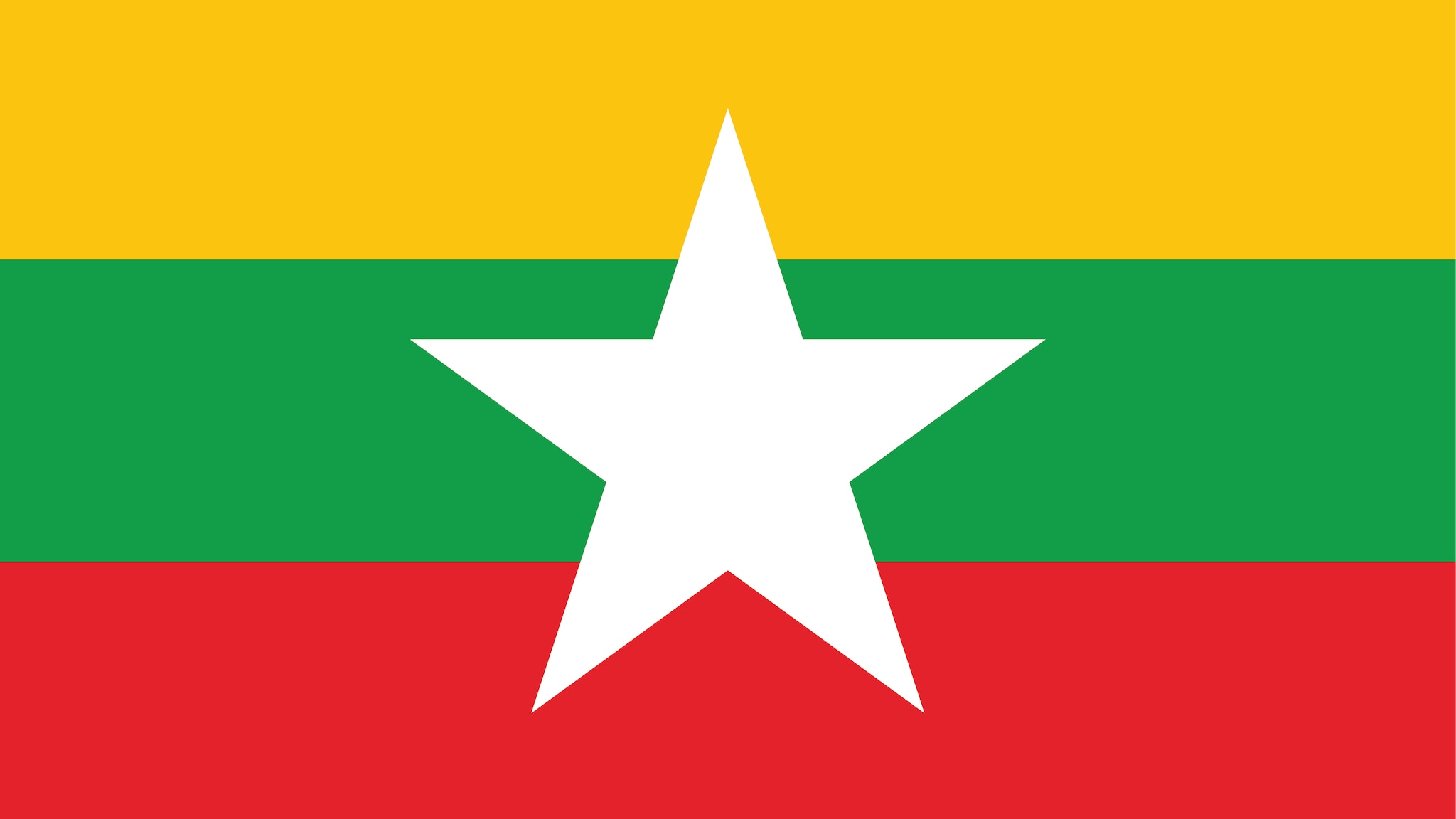At a glance
CDC works with partners in Burma to strengthen the country's public health and clinical systems. CDC delivers quality HIV testing and treatment services and responds to emerging public health threats.

Background
The CDC office was formally established at the U.S. Embassy in Yangon, Burma, in January 2015. CDC supports Burma’s goal of reaching the Joint United Nations Programme on HIV/AIDS (UNAIDS) 95-95-95 targets by 2030:
- 95% of all people living with HIV (PLHIV) will know their HIV status.
- 95% of all people with diagnosed HIV will receive sustained antiretroviral treatment (ART).
- 95% of all people receiving ART will have viral suppression.
Through the U.S. President’s Emergency Plan for AIDS Relief (PEPFAR), CDC has been building a sustainable HIV response with other technical and donor partners. CDC accomplishes this by developing strategies and operational guidelines for HIV/AIDS prevention and treatment and strengthening surveillance and laboratory systems.
Download CDC Burma's Fact Sheet
HIV and TB data
HIV/AIDS
Estimated HIV Prevalence (Ages 15-49)
Estimated AIDS Deaths (Age≥15)
Estimated Orphans Due to AIDS
Reported Number Receiving Antiretroviral Therapy (Age≥15)
Tuberculosis (TB)
Estimated TB Incidence
TB Patients with Known HIV-Status who are HIV-Positive
TB Treatment Success Rate
Key activities and accomplishments
HIV clinical cascades
CDC/PEPFAR support focuses on improving the clinical cascades for HIV prevention, testing, and treatment of people who are at higher risk. These services are predominantly for those affected by high HIV prevalence and ongoing high-risk behaviors.
CDC has provided technical support to:
- Develop the HIV Testing Guidelines.
- Incorporating the modalities of index testing.
- Self-testing.
- Peer-led community-based screening in previously unreached communities of people at higher risk.
Strengthening testing and treatment
CDC also helped to update the HIV Treatment Guidelines in Burma - including the full implementation of Test and Start. Launched in 2017, Test and Start focuses on the initiation of ART upon diagnosis for all PLHIV. It also incorporates key aspects of differentiated services to suit the needs of people at higher risk.
CDC is working with key partners including WHO, UNAIDS, and the Global Fund to:
- Strengthen HIV diagnostics.
- Improve viral load testing quality management systems.
- Build capacity for national scale-up of routine HIV viral load testing.
Improving technical capacities
CDC has provided technical assistance to better understand and support people who are at higher risk of HIV. CDC also supports collection and use of data to inform program monitoring, and quality improvement at national and sub-national levels.
CDC Provided technical assistance to conduct Bio Behavioral Surveys (BBS) to better understand the number of people who are at higher risk of HIV, including:
- People who inject drugs (2017).
- Female sex workers (2019).
- Men who have sex with men (2019).
- HIV Sentinel Surveillance (HSS) among sentinel groups (2020 & 2023).
With support from CDC, programs were developed in 2020 and updated in 2023 to support PrEP implementation. The programs also supported expansion for people at higher risk in high HIV burden areas. These programs include:
- Pre-exposure Prophylaxis (PrEP) National Standard Operating Procedures.
- Training curriculum.
- Job aids and National PrEP DHIS-2 tracker.
National and sub-national HIV estimates
CDC, in partnership with UNAIDS, developed the 2022 and 2023 round of National HIV estimates at the national and sub-national levels. The updated estimates are used in advocacy, planning meetings for national HIV responses, and funding proposals for the Global Fund (2024-2026) and PEPFAR (ROP22 and ROP23).
Campaign Messaging
CDC helped develop and deliver messages for the ‘Undetectable=Untransmittable’ (U=U) program. CDC also implemented the U=U social media campaign through partners to raise awareness of HIV. The focus was on the importance of routine viral load testing, adherence to treatment, and reduction of stigma in the community. U=U theme songs reached over 4.4 million views within two weeks via Facebook. As of July 2023, the U=U Facebook page has over 62,000 followers.
Tuberculosis
CDC is working with USAID and partners to provide assistance and build capacity for sustaining tuberculosis (TB) diagnostic and treatment services. This is following the major disruptions from the COVID-19 pandemic and the military coup in February 2021.
CDC has provided technical support for:
- Assuring the quality of laboratory diagnostic services.
- The design and implementation of the national TB prevalence survey.
- Planning for a national drug-resistant TB survey.
Resources
Support for CDC's global HIV and TB efforts
Our success is built on the backbone of science and strong partnerships.
